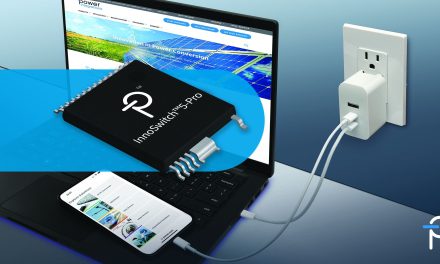Not only in the automotive industry, but also in the energy supply industry for both large and small energy providers, the number of high-power DC applications is on the rise.
More and more car manufacturers use electric drives for hybrid or electric vehicles. Classic photovoltaic systems are increasingly being complemented by battery storage systems. For these applications, customers express the need for a simple and reliable method to switch off power, e.g. for maintenance purposes.
Panasonic has gained a high competence in switching high DC loads and offers several decades of experience in this field. For 17 years, the technologically sophisticated EV relay family has seen extensive use in mass production. Panasonic continue to permanently improve the relay and modify it to meet future demands. The EP relay family, which is identical in construction, has been tailored for industrial applications and has obtained all the relevant certificates. It is successful in solar applications, where it is used for example in AC/DC inverters and battery storage systems.
To expands its portfolio of components for high-power applications, Panasonic has already developed and introduced an interrupt switch for a continuous current of 80A. A purely mechanical switching element (as opposed to a relay, which is activated electrically) helps to achieve an additional safety level, e.g. for maintenance staff. The EV switch, as we call it, has been improved and is now based on the millionfold tried and tested switching chamber of the EV relay.
The most important advantages at a glance:
- 1a contact for a continuous current of 80A; cut-off of max. 400A 400 V DC; short-term overload of 5560A for 30ms (carrying only).
- The arc that occurs when the circuit is opened is hermetically sealed off in a contact chamber so that e.g. flammable gases caused by fuel or battery fumes cannot be ignited.
- In addition, the contact chamber is filled with hydrogen gas, which ensures that contacts are protected against contamination by intruding particles and prevents them from oxidising. The very low contact resistance (typical <1 milliohm) remains on a very low level over the whole lifetime.
- The hydrogen gas reduces the switching-off time considerably so that contact erosion is minimised and lifetime is increased.
- The EV switch is equipped with a lock mechanism, which allows switching on only if the user actuates the red interlock button at the same time.
The EV switch (AEVD111) has been developed for the automotive industry and fulfills its typical requirements. Due to the features mentioned above, its high performance combined with its small size and low weight of only 230g, the switch is becoming more and more attractive for other industries as well.


